Strokes are emergencies that are urgent and critical in nature. Stroke assessments are therefore crucial for timely intervention as it can precisely determine the type and severity of strokes. Apart from the numerous other benefits offered by a stroke assessment tool like NIHSS stroke scale, a stroke assessment tool is indispensable as it significantly minimizes the chances of potential long term disabilities. Over 1 to 6 deaths in the US due to cardiovascular problems are caused by a stroke. The National Institute of Health Stroke Scale or NIH Stroke Scale is a standardized tool used to assess neurological problems in individuals after a stroke. Developed by the National Institute of Neurological Disorders and Stroke (NINDS) and the National Institute of Health (NIH), the National Institute of Health (NIH) Stroke scale is widely trusted and used by healthcare professionals. In this blog, we will explore the insights behind the precise functioning of a NIHSS stroke scale.
What are the key attributes of a NIH stroke scale?
The NIH stroke scale provides patients of cardiac arrest and strokes systematic assessment and structural framework for effective evaluation. Designed by the National Institute of Neurological Disorders and Strokes, this stroke assessment scale is recognized by medical professionals as it guides them towards successful interventions. Let’s find out the key attributes of a NIH stroke scale-
Comprehensive Neurological Assessment: Covers a range of functions, including consciousness, vision, motor abilities, coordination, and language.
Standardized Scoring System: Utilizes a consistent scoring method, allowing for objective evaluation and comparison of stroke severity.
Quick and Efficient: Designed for rapid administration, enabling timely assessment and intervention in acute stroke scenarios.
Facilitates Communication: Provides a common language for healthcare professionals, fostering effective communication and collaboration in stroke care.
Treatment Guidance: Assists in determining the most appropriate treatment strategies based on the identified neurological deficits.
Quantifiable Severity: Assigns scores ranging from 0 to 42, with higher scores indicating more severe impairment.
Widely Accepted: Universally recognized and employed in various healthcare settings, promoting consistency in stroke assessment practices.
Training Standardization: Offers a standardized approach for training healthcare providers in the administration and interpretation of the scale.
Continual Relevance: Regularly reviewed and updated to ensure alignment with evolving standards of stroke care and medical knowledge.
Read More: Get a complete guide to stroke management.
Can a person from a non-medical background use the NIH stroke scale?
The NIH stroke scale is primarily designed for healthcare professionals in the management of cardiac arrests and stroke. To operate a NIH stroke scale, one needs to have a bit of medical expertise. However, people from a non-medical background can still get a basic understanding of the equipment for informational purposes.
If you are interested in understanding the NIHSS as a non-medical individual, you can find educational resources. These guides break down the scale’s components and explain its significance. You can also opt for an NIHSS certification course, to get legally certified.
Read More: Get ACLS certified in 3 easy steps!
How can the NIH Stroke Scale help a patient who suffered a stroke?
The National Institutes of Health Stroke Scale (NIHSS) stands as a critical tool for healthcare professionals. Designed to assess neurological deficits in individuals, these are the ways by which the NIH stroke scale helps someone who suffered a stroke-
- This stroke scale permits the immediate and consistent measurement of neurologic functions, identifying the level of severity within seconds.
- It provides valuable insights to healthcare providers. This helps them determine appropriate interventions and treatment strategies.
- The NIHSS tool facilitates effective communication by establishing a common language among healthcare professionals.
- It also makes it possible to determine a starting evaluation based on the patient’s status. This helps the doctors make better and informed decisions.
- Allowing for the quantification of neurological deficits through a scoring system, this score scale enables healthcare providers to track the patient’s progress.
- The NIH stroke scale helps in stroke research by providing important data. These can be utilized in clinical trials and studies aimed at advancing stroke treatment and care.
Read More: Do you know why oxygen therapy is important?
Conclusion
The NIHSS Stroke Scale serves as a critical tool that aids in the initial assessment of stroke. It also plays a crucial role in the rehabilitation of individuals who have suffered a stroke. The main function goes beyond the scoring system. It enables healthcare teams to find their way through the complexities of post-stroke management. With advances in stroke management and care, the NIHSS scale proves to be a very reliable ally for the physicians. This assessment instrument makes sure that every evaluation is not merely a number but is also an essential stage of recovery for an improved quality of life.






